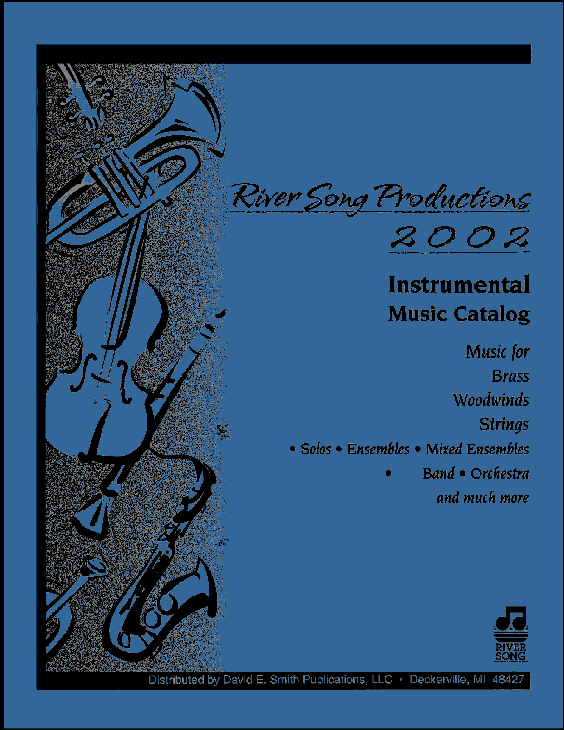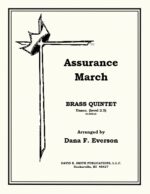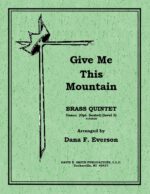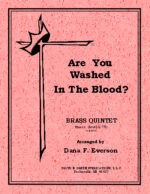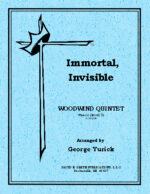| Instrument | |
|---|---|
| Level | 4 |
| Occasion | |
| Tune Name | |
| Theme | Carol Of The Bells |
| Hymn First Line | Carol of the bells |
| Writer | |
| Composer | |
| Publisher | |
| Copyright | 1990 |
| Key | F |
| Meter | 3-4 |
| Idiom | Sax quintet |
| Form | Song (binary) |
Carol Of The Bells
$14.95

